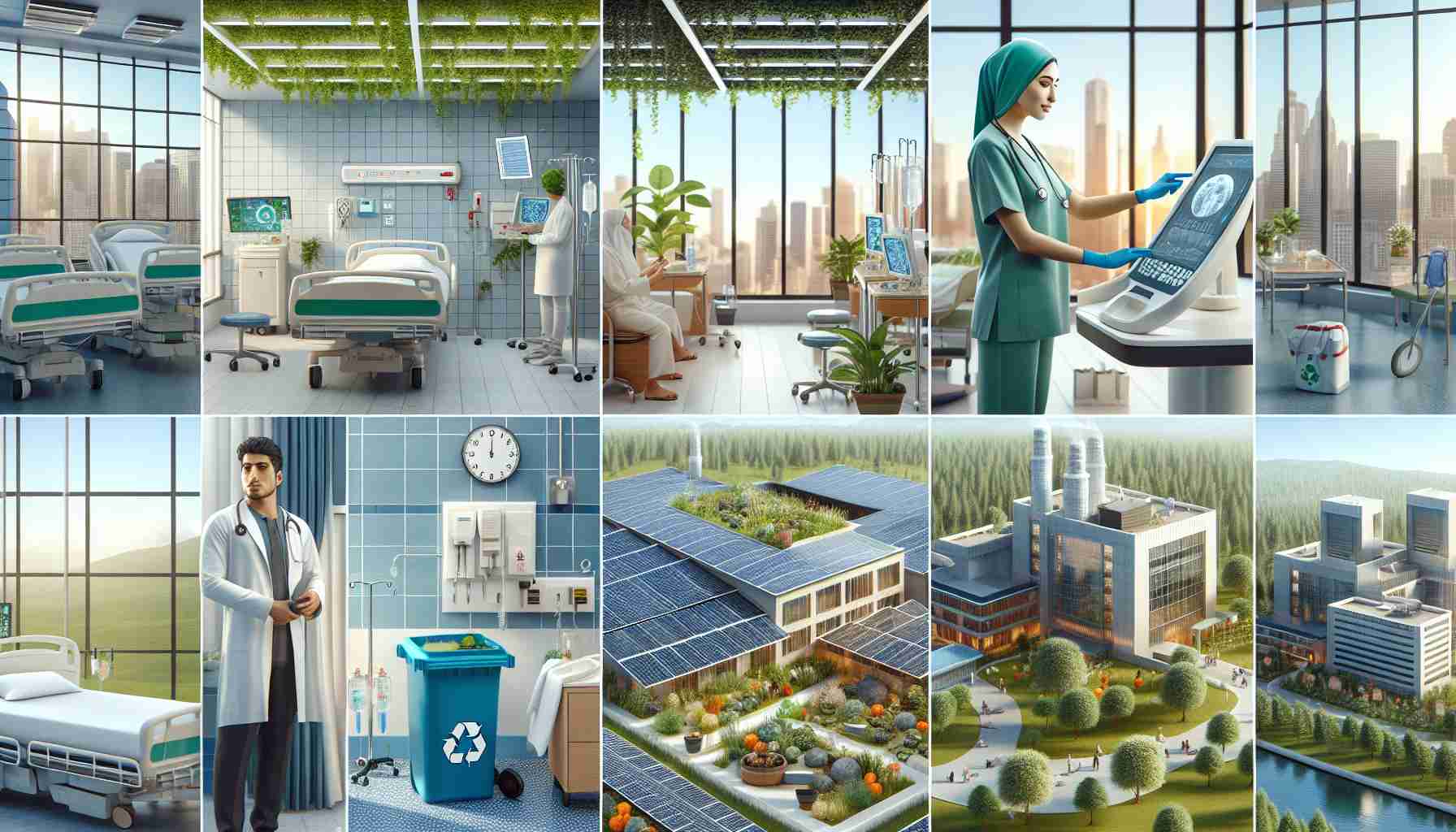The healthcare industry plays a pivotal role in enhancing human well-being, yet it exacts a toll on the environment, contributing to approximately 5% of global carbon emissions. In an era marked by a growing awareness of climate change, the imperative to curb these emissions has become increasingly pressing.
A remarkable aspect of pharmaceutical manufacturing lies in the production of active pharmaceutical ingredients (APIs), the fundamental components of medicinal formulations. Surprisingly, a substantial 70% of these APIs originate from materials sourced from fossil fuels, resulting in a significant carbon footprint.
Although the necessity for emission reduction is recognized across the industry, progress towards this goal remains sluggish. Recent insights from market analysis leader McKinsey reveal that while many API producers have articulated intentions to lower their carbon output, only a minority have devised concrete strategies to actualize these ambitions.
In a departure from conventional practices, industry expert Maria Cheryl Fernandez, Partner at McKinsey & Co, emphasizes the urgency of addressing this environmental dilemma. “The pathway to sustainability presents formidable challenges to numerous organizations within the sector, yet we are resolutely dedicated to pioneering viable, eco-friendly solutions,” she asserts.
The Green Revolution in Healthcare: Unveiling New Paths to Sustainable Progress
The Green Revolution in healthcare continues to gain momentum, driven by the imperative need to address environmental concerns within the industry. While the previous article shed light on the carbon footprint associated with pharmaceutical manufacturing, there are additional significant factors and questions that warrant attention.
Key Questions:
1. How can healthcare facilities reduce their overall environmental impact beyond carbon emissions?
One crucial aspect often overlooked is the immense amount of waste generated by healthcare facilities, including single-use plastics, pharmaceutical waste, and energy-intensive equipment. Implementing comprehensive waste management strategies and transitioning to energy-efficient technologies are vital steps in achieving holistic sustainability.
2. What role can sustainable sourcing practices play in transforming the healthcare industry?
Exploring alternatives to fossil fuel-derived materials for pharmaceutical production, such as plant-based or renewable sources, can significantly reduce the carbon footprint of medications. Embracing sustainable sourcing not only benefits the environment but also promotes ethical and socially responsible practices.
Challenges and Controversies:
One of the major challenges facing the Green Revolution in healthcare is the cost associated with transitioning to sustainable practices. While long-term benefits such as reduced environmental impact and enhanced public perception are clear, many organizations struggle with the initial investment required to overhaul existing infrastructure and operations.
Furthermore, controversies surrounding the efficacy and reliability of environmentally friendly alternatives remain a point of contention. Ensuring that sustainable practices do not compromise the quality or safety of healthcare products is a paramount concern that requires rigorous testing and validation.
Advantages and Disadvantages:
Advantages:
– Enhanced Corporate Social Responsibility: Embracing sustainable practices can bolster the reputation of healthcare organizations and attract environmentally conscious consumers.
– Long-Term Cost Savings: Although initial investments may be substantial, adopting sustainable technologies and processes can lead to significant cost reductions over time.
– Improved Public Health: By mitigating environmental pollutants and reducing carbon emissions, sustainable healthcare practices contribute to overall public health and well-being.
Disadvantages:
– Implementation Challenges: Transitioning to sustainable practices may require extensive planning, resources, and workforce training, posing initial logistical hurdles.
– Regulatory Compliance: Adhering to evolving environmental regulations and standards adds complexity to the adoption of sustainable solutions in healthcare.
– Potential Resistance: Stakeholders resistant to change or skeptical of the efficacy of green initiatives may impede progress towards a sustainable healthcare industry.
To delve deeper into the evolving landscape of sustainable healthcare practices, Healthcare.org offers a comprehensive repository of resources and insights on environmental sustainability in the medical sector. Explore the intersection of healthcare and environmental stewardship to pave the way for a greener future in healthcare.
